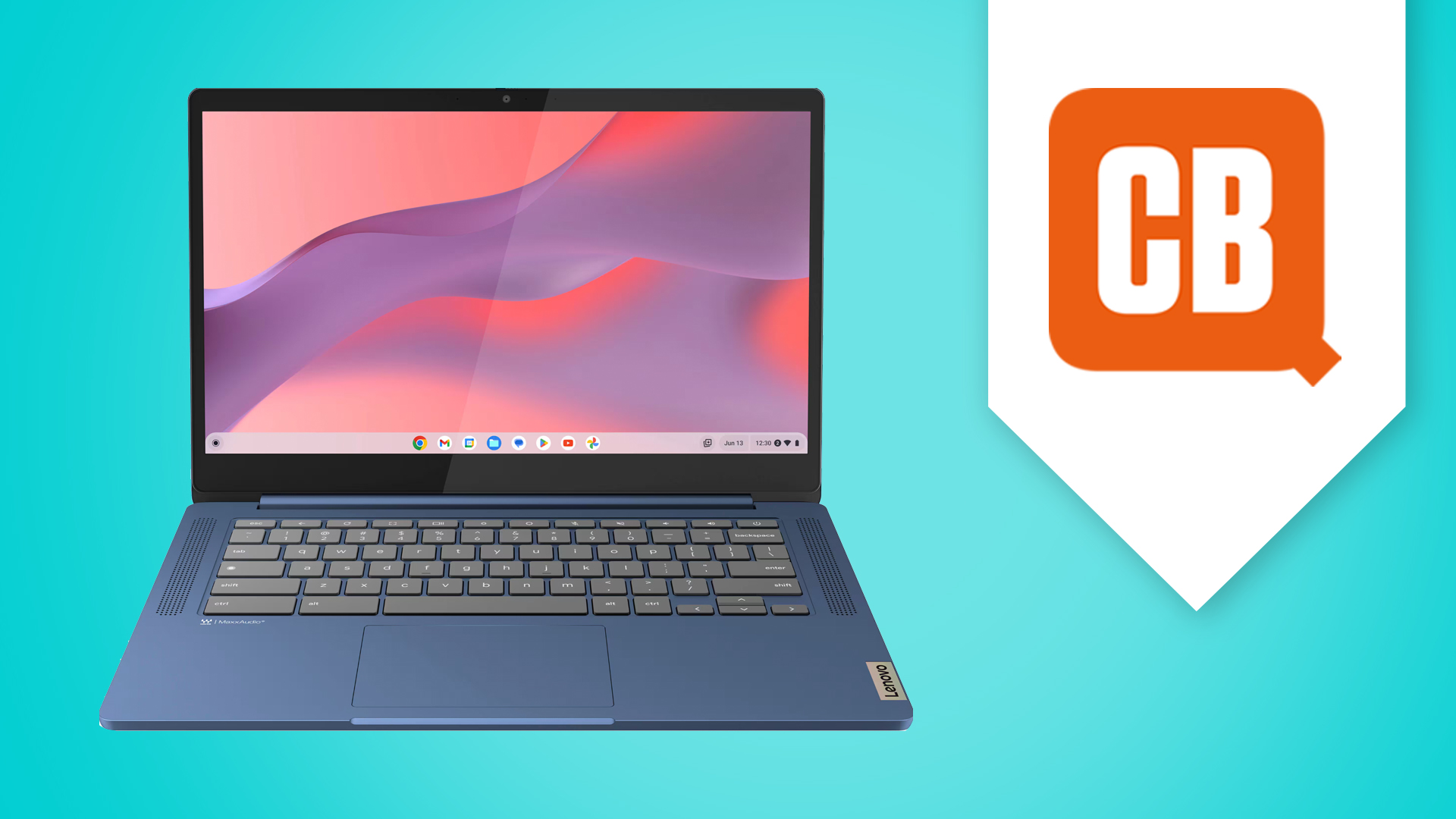Boost traffic with local search
There’s a lot more to search today than knowing how to rank highly in Google, says Mark Buckingham of Netseek.
Once the province of a considered desktop search or map query, local search has spread thick and fast across the web, mobile and social networking space, from search engines to our most-loved apps to social review and check-in sites. New challenges abound for any website or business even remotely concerned with its local coverage. A key catalyst to this fundamental shift is, no surprises here, the ascendancy of Google Maps.
“Google’s invested a huge amount in maps,” says Greg Sterling, a contributing editor of online search magazine SearchEngineLand.com. “Part of that investment is about getting images of places but also obtaining data so Google can then use it as part of maps, navigation and local business information – it has a wide ranging set of applications and services drawing upon this information. I’d say that Maps is the most successful product for Google after search.”
Clearly, Google, Yahoo and Bing all populate their results pages with much more local information now. “That’s partly in response to their users, recognising that users might be speaking this information, and also the influence of mobile and Google’s data,” adds Sterling.
If Google has been known for indexing all content on the web, it’s now striding towards indexing the world, with over 50million places on its index card. And with Google’s 79 per cent share of all UK web search, and a share of 77 per cent of all local queries (Jan 2011, UKOM/Nielsen), Google is still the frontrunner by a long way.
Carter Maslan, Google’s director of local search, explains how it all began: “We started out trying to organise all the world’s information geographically, like our main Google charter but with smarts about the places being referenced in the information that’s published on the web. We’re creating a map that contains all the world information organised around Places; a big element of that is identifying references to businesses and associated content.
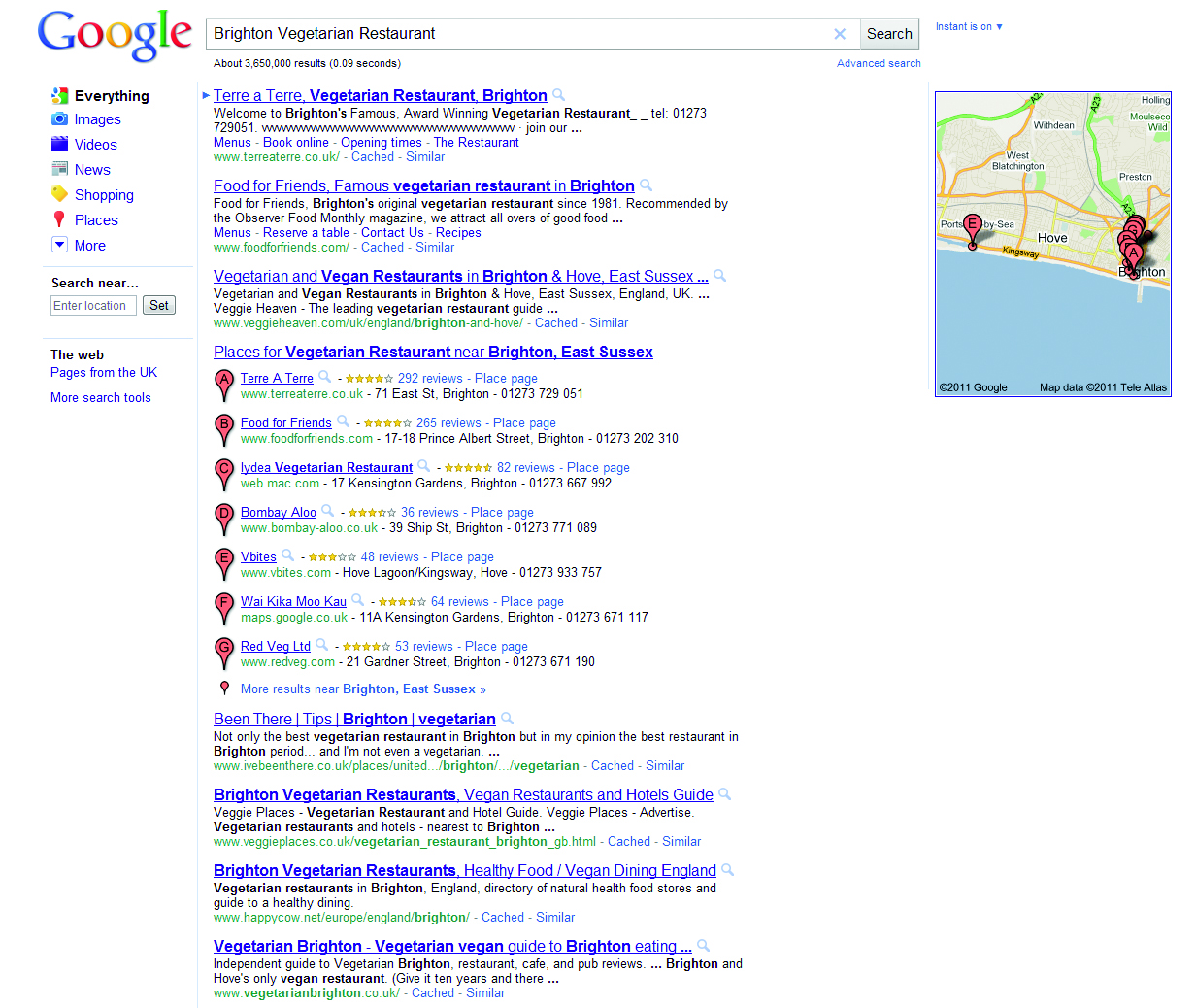
“We rank places based on three basic dimensions: relevance, prominence and distance. We look at all the references to those places across the web and each time we identify a PlaceRank for prominence, and then index content that helps us to find matches on the relevance side, based users’ queries. The distance is based on what they see, whether it’s where they’re standing with their mobile phone, where their map viewport is positioned or just what their domain is on when they issue the query.
“Local and mobile search is very important to Google,” Maslan continues. “One of the big changes is that a user’s location is a huge query input. Just by virtue of where you are and when you were there, you’ve already provided a lot of info beyond what you’ve typed into a search box.”
Daily design news, reviews, how-tos and more, as picked by the editors.
Already, over 20 per cent of Google’s search queries now have a localised intent. This presents new challenges for search marketers.
According to David Mihm, US-based local search specialist and president of GetListed.Org, “Local search really caught people’s attention about two years ago when Google started displaying the 10-pack, where you’d see a map and 10 business listings on the first page. That woke up a lot of search marketers to the fact that Google really wants to shop ‘mom and pop’ search results – it knows people are looking for physical places where they can have a face to face transaction, rather than purely websites.”
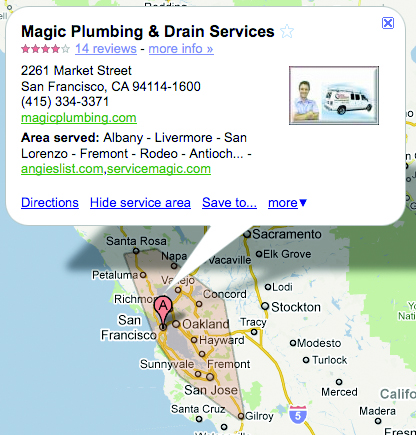
It’s vital that your business is on the map and on the radar. If Google doesn’t know where you are, you won’t get a high ranking for a localised search. The first step is to make sure your information, marker location and category are accurate in order to claim your Google Places listing. “As a by-product, you unlock a lot of insights about how people are finding you,” points out Maslan. “You get to see stats on how people are searching for you, how frequently they’re clicking on your website or driving directions to your place, and a summary of where they’re coming from.
“The neat thing is that you’re able to see the behaviour across Google properties including web search, Map, Earth and mobile search. So if you make a change to your website you can see a point-in-time correlation with what you did and any subsequent increase in traffic to your location.”
Says Mihm: “Google is looking for very structured information; it’s all about consistency. Essentially, it wants to be 100 per cent confident that it’s displaying correct information about a business so the more places that a business’s information matches up – for example, in BT directories, Yell or Yelp – the more confidence Google has that it’s an established, real business and the more likely it is to consider that a relevant result to its searchers. In many local search and directory sites, business owners can add in their data for free, yet millions of companies have never taken full advantage of this free advertising.”
According to Mihm, however, “The recent advent of Google’s blended search has made organic factors a much larger part of the local algorithm.” So there’s no replacement for a well-honed SEO campaign in balance with an engaging and accessible website primed at your target market. You want relevant, quality inbound links and, if your business offers products or services that might garner reviews, ensure you’re well represented with lots of good references from other relevant and reputable sites.
Building a reputation
Enhancing your overall business may do more than just garner your business good reviews, it may help your rankings too. Given that it’s widely cited that reviews make a difference in Google’s rankings, this should be one of the top priorities. “Enhance your reputation, get positive reviews and ensure they’re flowing on a regular, steady basis,” advises Mihm.
Mihm and other local search experts speculate that in some industries and geographies, Google may take volume of reviews into account.’ “The idea is there’s a threshold and, if you’re above a certain number of reviews relative to your competitors, you’re going to have a better chance of outranking them. That’s the other piece of what most of us in the industry believe is incorporated into the review algorithm.”
But how can users be sure reviews are genuine? One factor is how they are generated. On the fast-rising search site Yelp, for example, all the reviews are created by its users – real people who have to register and can put up their photo, which engenders trust in the service. “Reputation management has become a big deal,” says Sterling. “It’s a battleground, with companies trying to cultivate positive reviews for themselves and their products to prevent fraudulent reviews polluting their data.”
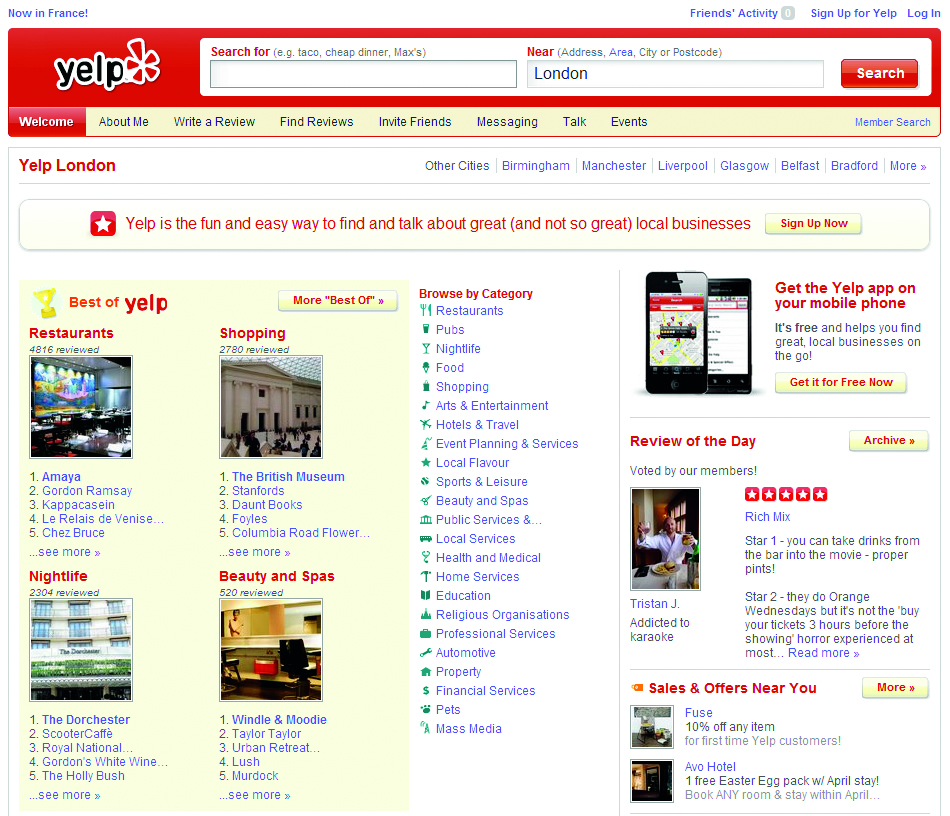
Numerous blogs cite that some of Google’s search results still yield spammy sites, keyword domains with little relevance to the query, and brand bias. Some of that responsibility lies with the website for ensuring data accuracy.
So what does Google do to ensure consistency, quality and honesty in reviews? “We’re trying to get smarter about the reputation of a review site and detecting fake or shill reviews,” says Maslan. “We’re looking for signals based on the way end-users click on reviews, on the usefulness of the web domain publishing them and on the integrity of those who leave them. I think we’ll see continued improvements, but it is a hard problem.”
To guard the listed firms themselves against specious reviews there are numerous products specifically targeting the local market, including ‘listening’ or ‘buzz monitoring’ tools that look at specific sites, such as social network and review sites. However, many local businesses don’t know about them.
Sterling explains: “Typically local business will do vanity searches or setup Google alerts, or go to specific sites to see what being said, and they do this very manual process, and in some cases they can respond on an ad-hoc basic. There’s not a lot of best-practices out there. Yelp allows you to communicate with the reviewer privately, but in most of these instances the small business owner doesn’t really know what to do. It may also be true that some of the large brands are also at a loss what to do.”
Google’s rivals
Google may be ahead of the pack in search, but it’s certainly not the only player. The reach of Yahoo and Bing makes them worthy of attention, both for organic and paid advertising.
Bing has been a big investor in maps too and considers local to be one of its main strategies. “Like everyone in the industry, we understand how local and personal search is going to get in the future,’’ says Dave Coplin, Bing’s UK director of search.
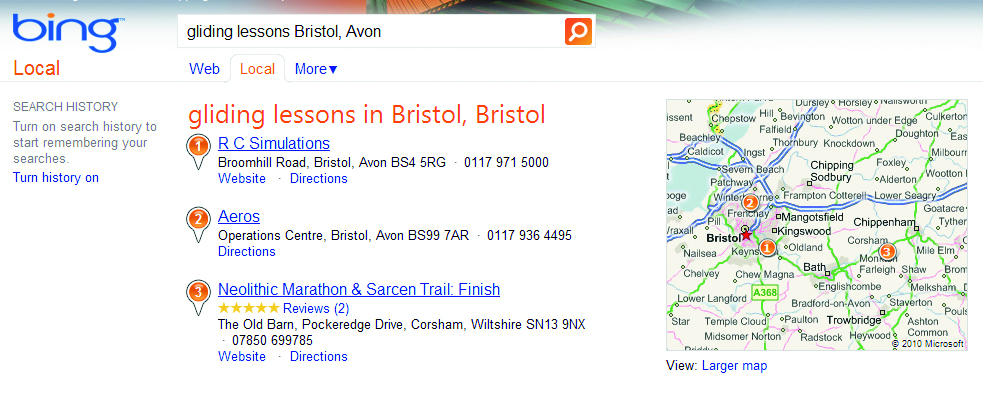
“Local is crucial and a big strategic push for us. Any local business should get on Bing, but make sure you’ve got listings in the other top local sites such as Yell, TopTable, Qype and Yelp. All these have rich and featured listings for your business and, ideally, real customer references. Just like normal search, that broad set of metadata links will help to increase relevancy of the return when people search for your business or location. The evolution I’m really excited about is the integration of the social signal.”
Sterling concurs: “Google recently said Facebook ‘likes’ don’t impact on them at all, but these social signals are starting to play into people’s thinking about optimisation and reputation reviews and citations. In fact, Google has taken on Facebook with a ‘like’ button of its own, the +1 button, and industry commentators are already suggesting this could impact on organic rankings.”
It certainly pays for businesses to get smart and creative about how they embrace social media. Facebook and Twitter are two obvious examples, with one option being to pay for location-targeted advertisements. One limitation, though, is that this can only target users based on their profile information, as opposed to their search behaviour.
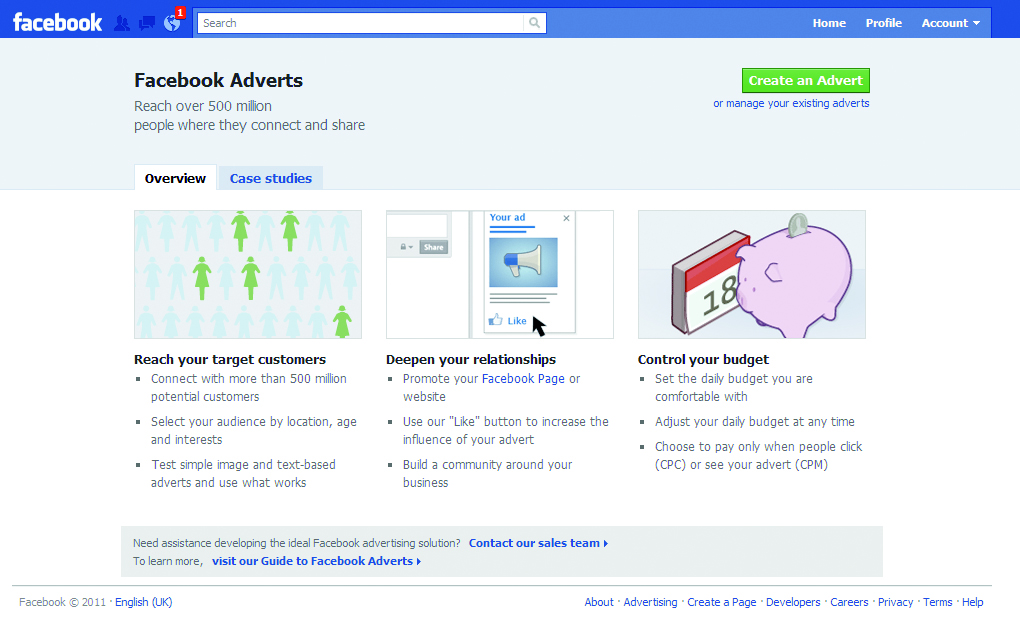
Rich snippets and microdata
Microdata is becoming an increasingly important part of the mix. “We have Rich Snippets for local search that supports a number of formats such as microformats and microdata, and that is an aid in making references to your business more precise,” explains Maslan. Google looks for markup formats (microformats and RDFa) that you can easily incorporate in your own web pages. In most cases, it’s as simple as wrapping the existing data on your web pages with some additional tags.
The additional data Google displays is coming from special markup that’s inserted in a page’s HTML code. One microformat that Mihm is keen to encourage people to use is hCard. This is a version of your address that Google can lock in on.
“You have all these apps trying to pull together as much information as they can, and the easier you make it for them to pick up address information the better,” he says.
With smartphone use increasing rapidly, mobile is a fast-growing area of local search. Mobile results are much more heavily influenced by your location. You’re more likely to get a tighter radius of relevant businesses if you’re searching from a phone or mobile device than you are from a desktop, where Google and Bing interpret that you’re open to a wider dispersal of companies.
“Many search marketers agree that designing for a mobile searcher is a safe bet,” says Mihm. “Ensure your pages load quickly with minimal latency, keep images to a minimum and be sure to include a phone number in HTML, especially for iPhones as the numbers will be highlighted and touch to call. If you’re a big enough business or in a market that attracts mobile traffic, you want a mobile version of your website, something like m.yourdomain.com that gets served when people access your site that way.”
The future
What does the future hold? Carter Maslan: “I’d say the area it’s going to improve most is contextual smartness. There’s location awareness, personalisation, and so on. If you look at context as everything from your location to preferences of places you’ve rated to where you’re standing now and the time of day, there’s a huge opportunity to make the most relevant information quickly accessible with the least amount of work.”
Greg Sterling adds: “Augmented reality is a form of search that’s growing – you can hold up a mobile device with a wikitude or a layer browser in front of a building to find out what it is, or identify a product that has a QR code or barcode. Voice search is now a big factor also. A quarter of searches coming through the Android platform are voice initiated, and who knows what near-field communications is going to bring, where the phone is taking your coordinates and associating that with firms with a lat-long index in the database.
“What would be even better, for example, is that when you’re walking along a street you get a message saying ‘here’s a great pub’ because you’ve indicated you like a certain kind of beer. There are various companies working on this, taking retail inventories and making them accessible online, showing the shops in your area that sell a particular product, or if you’re near a retailer that has this product at this price. This kind of scenario is within the realm of possibility in a few years.”
What is the wider cultural impact of all of this? Whilst making our lives convenient and affording us all the power and access but also taking away certain things from us, there are concerns about how we make the sensible balanced use of this technology, keeping it in perspective, and in its place. Perhaps it’s a question best left to the human algorithm, not just your grid reference. What is clear, though, is that search will continue to evolve and to excel, you have to adapt. Remember, the map is not always the territory.
Five ways to ensure data accuracy
As in organic search, Google’s local spiders crawl every corner of the web for information and one of the most important signals of a business’s local prominence (and so an indicator of its potential to rank well for local keywords) is the number of times Google’s spiders find mentions, or citations, of that business across the web. The more matching information about a particular business these spiders are able to find, the more prominent that business is likely to be viewed by Google’s local algorithm.
It’s critical to make sure your business’s contact information is not only syndicated far and wide, but is accurate and consistent. Three components of contact information are particularly important: business name, phone number and address. In the local search industry, we refer to these components as NAP, or sometimes as NAP+W to highlight the importance of having the website domain name referenced match up with Google’s Places index as well.
David Mihm, local search consultant and president of GetListed.org, offers five key techniques you can use to make sure your business is accurately represented in Google’s local index.
01. Claim your Google Place page
Google Places is a free service that enables business owners to verify their location, contact information, website, hours of operation, categories and other features. Make sure you keep it updated. Google Places also offers a Bulk Upload feature for businesses with multiple locations.
2. Ensure your contact information is crawlable
Webmasters typically make it fairly easy for people to find a business’s physical location or phone number, but often this contact information is hidden in an image, Flash file or other format that search engine spiders can’t read. Ensure your website displays your contact information prominently in plain old HTML so that Google can properly associate your Place page with your website. If you want to get really fancy, you can use the hCard microformats.
3. Claim your business profiles at other prominent local search sites
Google’s spiders crawl assiduously for business information across many websites, looking for matches to business information they have in their own index. Other local search sites such as Yelp, Foursquare and Qype typically structure their sites in such a way that it’s very easy for Google to interpret this contact information. The free site getlisted.org offers a list of some of the most prominent UK sites crawled by Google for this business information, where you’ll want to make sure you have a profile with accurate information.
4. Create a KML file for your location(s) and verify it with Google Webmaster Central
KML stands for Keyhole Markup Language, the file format that Google Earth is built on. Whereas you would submit an XML sitemap telling Google about all the pages on your website, similarly you can submit a KML file with all the physical locations your business operates. To create a simple KML file without any technical knowledge, visit the free site GeoSitemapGenerator.com to create both the KML file for your business locations, as well as the geo-sitemap to upload to Google Webmaster Central.
5. Check your offline business records
Local search experts suspect that Google is beginning to look at offline business records such as articles of incorporation filed with local tax, licensing and government entities. If possible, use a physical address and a local phone number when filing these documents (rather than a PO Box and a 0800 number). The idea is to represent your business in the online and offline worlds in exactly the same manner.
This article first appeared in issue 216 of .net magazine - the world's best-selling magazine for web designers and developers.
Words: Mark Buckingham
Mark Buckingham is a professional SEO and eBay specialist, training and advising sellers of all sizes - from small start-ups to established outlets. Visit his website Netseek for more details.

Thank you for reading 5 articles this month* Join now for unlimited access
Enjoy your first month for just £1 / $1 / €1
*Read 5 free articles per month without a subscription

Join now for unlimited access
Try first month for just £1 / $1 / €1

The Creative Bloq team is made up of a group of art and design enthusiasts, and has changed and evolved since Creative Bloq began back in 2012. The current website team consists of eight full-time members of staff: Editor Georgia Coggan, Deputy Editor Rosie Hilder, Ecommerce Editor Beren Neale, Senior News Editor Daniel Piper, Editor, Digital Art and 3D Ian Dean, Tech Reviews Editor Erlingur Einarsson, Ecommerce Writer Beth Nicholls and Staff Writer Natalie Fear, as well as a roster of freelancers from around the world. The ImagineFX magazine team also pitch in, ensuring that content from leading digital art publication ImagineFX is represented on Creative Bloq.
